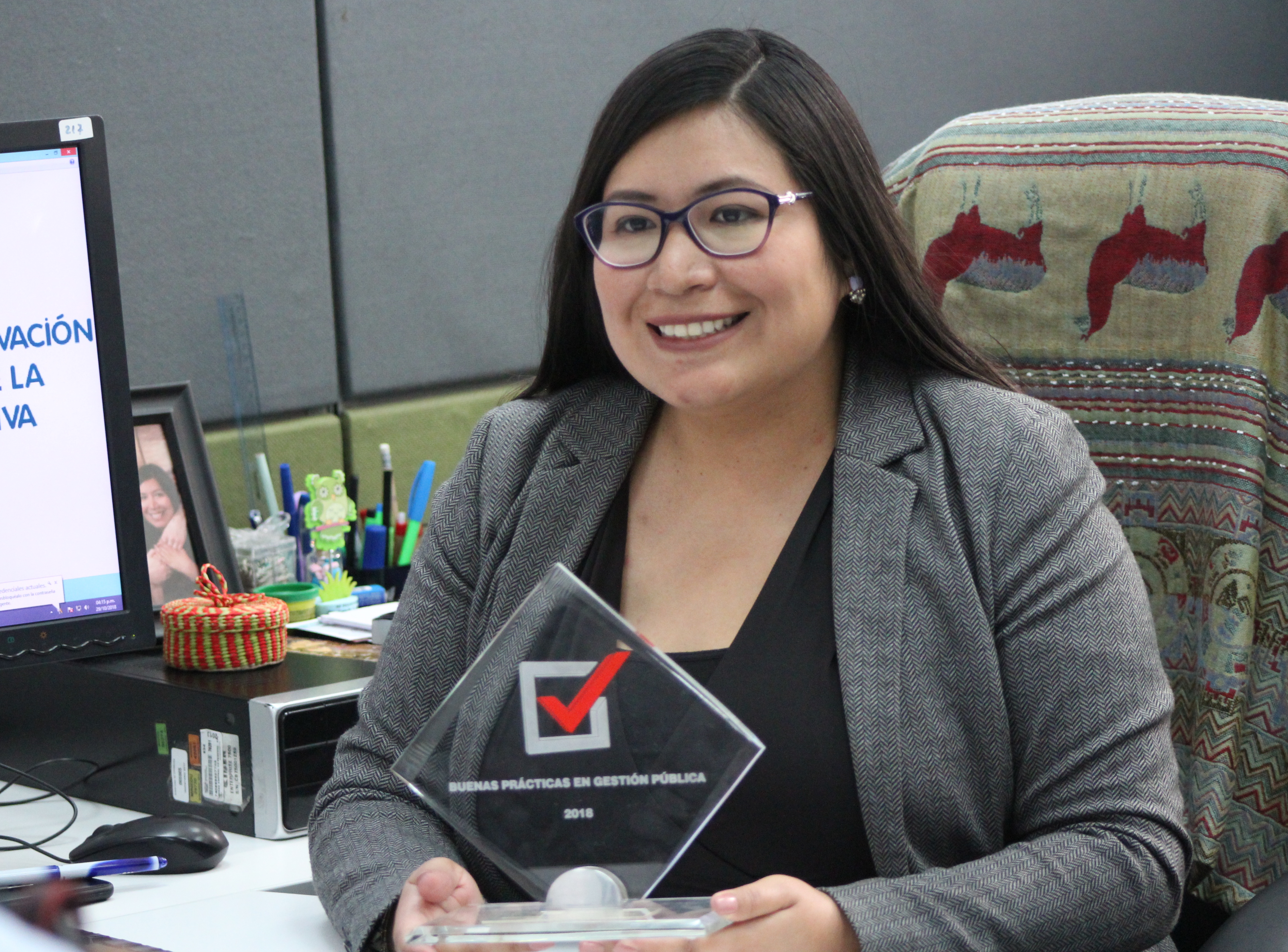Embedded Evidence Labs: From Peru to Ghana to Zambia
By Annie Chumpitaz Torres and Besnart Simunchembu Kangalu
Editor’s Note: Annie Chumpitaz Torres is Head of Monitoring and Strategic Evaluation at the Ministry of Education in Peru. Besnart Simunchembu Kangalu is Principal Planning and Policy Officer at the Ministry of General Education in Zambia.
One of the more ambitious aspects of IPA’s 2025 Strategic Ambition was the goal to equip governments to leverage evidence for decision-making through the creation of Embedded Evidence Labs within the public sector. As IPA partners in the public sector, we have had an intimate view of how this has played out, and are happy to share our stories.
Annie Chumpitaz Torres: I have worked with IPA and their partners in Peru since 2013, when we started to conceive the idea of an innovation lab. The current Country Director of IPA Bolivia, Peru, and Paraguay, Juan Manuel Hernández-Agramonte, was our main counterpart in the development of MineduLAB, the educational policy innovation lab that I currently manage as part of my role at the Monitoring and Strategic Evaluation Office, at the Ministry of Education in Peru.

MineduLAB has now completed nine evaluations of innovative education interventions (research that has utilized Ministry of Education data), but we started really from scratch. IPA invited me to Ghana to share the story of MineduLAB’s inception with their team and partners in Ghana, who were considering how to adapt that model to their context.
When I was there, I not only met IPA Ghana and their partners, but also IPA Zambia’s staff and partners from the Ministry of General Education, including Besnart Simunchembu Kangalu.
Besnart Simunchembu Kangalu: While we were in Ghana, it was so important for me to hear Annie’s story of MineduLAB’s formation and growth. I had been interested in the model previously—IPA Zambia’s policy staff introduced me to the idea. But what I understood from hearing Annie share was that the drive to institute such a lab would need to come from us, on the government side.
So much of what Annie shared resonated with me: the desire to make more evidence-informed decisions in public education; the abundance of data that we weren’t yet able to use in a systematic way; and the opening for a partnership with an organization like IPA to help us improve this situation.
Annie: We also identified with each other because we had similar mandates from our Ministries.
Besnart: My Unit, like Annie’s office, is in charge of providing planning recommendations to the various departments in the Ministry, and we are also meant to be a source of information for Ministry leadership as they make evidence-informed decisions.
What I understood from hearing Annie share was that the drive to institute such a lab would need to come from us, on the government side.
Annie: Our role is similar. In Peru, actually, when we started developing MineduLAB, there was no office of Monitoring and Evaluation at the Ministry of Education. Through the evolution of the Ministry, as well as the influence of MineduLAB and our partners, the monitoring and evaluation function of our group has grown immensely.
For instance, we developed a large-scale monitoring tool, called Semáforo Escuela, to collect information from schools regarding the conditions of education service provision (attendance, sufficiency of books, basic services, etc.). This information is collected and delivered to the regional and local management units on a monthly basis to promote rapid management solutions. Also, we have conducted impact evaluations of the main educational policy interventions, and the results from these evaluations inform the budgeting and planning process of the Ministry.
Through the evolution of the Ministry, as well as the influence of MineduLAB and our partners, the monitoring and evaluation function of our group has grown immensely.
Besnart: In Ghana, we had several meetings and side meetings. We met frequently with IPA as well as with their government partners (our counterparts). We were impressed with the MineduLAB idea, but also with the entire Evidence Summit, which integrated rigorous evidence into the Ministry of Education’s annual sector planning.
After the trip, I went back to Zambia and within two weeks had written a concept note describing what an evidence lab situated at the MoGE could look like. The idea was received with enthusiasm in the Directorate of Planning and Information and by the Ministry as a whole.
Much like Annie’s experience in Peru, it has taken more than a year to get the lab up and running. A few months after my trip, we signed an MOU with IPA, and a few months after that, we welcomed a Allan Lalisan, a Research & Policy Coordinator to be embedded in our directorate and work with us at the Ministry four days a week. Through these efforts, we have revived our Research Coordinating Committee (which connects the Ministry’s research agenda to research activities conducted by local and international researchers in Zambia, as well as to the administrative data collection organized through the lab), started drafting a series of policy briefs for use within the Ministry, and written a new survey to collect information from school administrators and parents on a timely topic for our Ministry.
Annie: I couldn’t have imagined the spread of these ideas from Peru to Ghana to Zambia (the IPA Ghana team has also started an education lab within the Ministry of Education!), but it’s an honor to have been part of the process.











